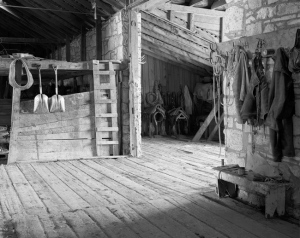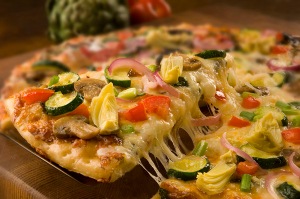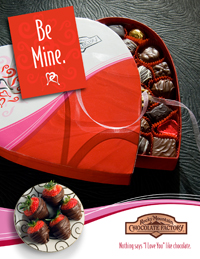The world of photography has changed so much in recent years I sometimes lament over the direction it seems to be taking. The days of large format Black and White film and custom darkroom work seems to be largely forsaken. With less discipline and more wanna be photographers throwing their hat in the ring, the commercial arena is a bit chaotic. The postproduction part of image making seems to be most of what photography is about these days.
The latest DSLRs/lenses and software for post production is the conversation of the day. In my frustration I like to compare the questions often asked of me: “what kind of camera do you use?”, “what lens did you use?”, etc….. to one asking a painter what kind of brush did you use?…. or a writer “which letters do you use most?”. Whatever happened to conversations about composition, lighting, feeling?
I apologize to the truly gifted modern image makers of today for over generalizing, and as not to be too much of an old fuddy-duddy I’ve kept pace with the modern trends and embraced PhotoShop as a verb in modern vocabulary. In fact I too “PhotoShop” much more than I shoot. But I still stand firmly in the notion that great images come from discipline and vision at the point of conception. I still stare blankly when asked what camera I use.
With the economy driving prices down, the newbies are good enough it seems. I’m sure there will be a day when toady middle manages of companies will be shooting their own images in the conference room with their iPhones and getting an “atta-boy” or girl from the boss. Maybe that time is already here.
Last year I entered the international competitions “The Masters Cup of Color Photography” and later that year the “Black and White Spider Awards”. I was very pleased to have received nominations in both. This year, again I was recognized. This time in 2 categories in the Color Awards. Nude and Nature. For me this has been a nice outlet for some ego boost in my quest to continue to be viable in the world of modern commercial photography.
I’ll keep looking for a silver lining in this brave new world.







